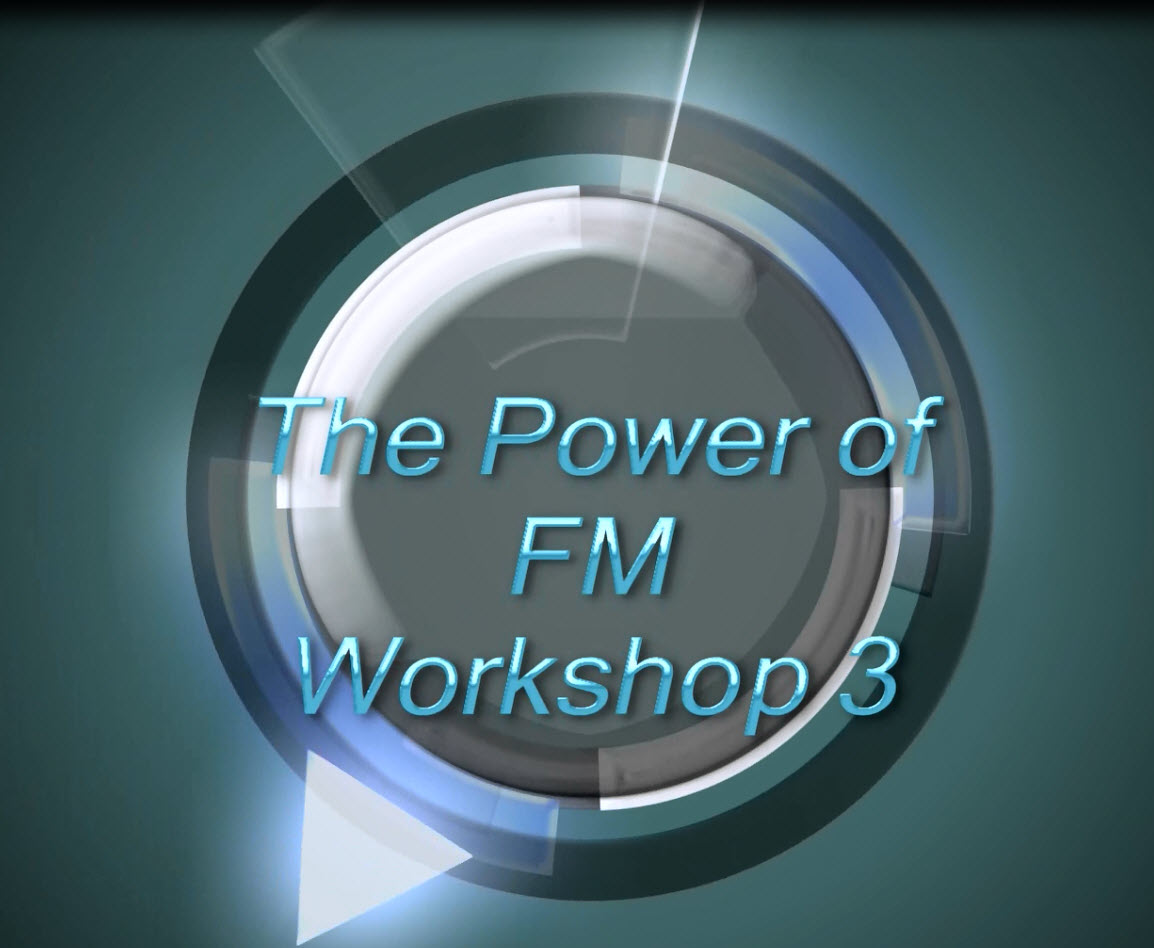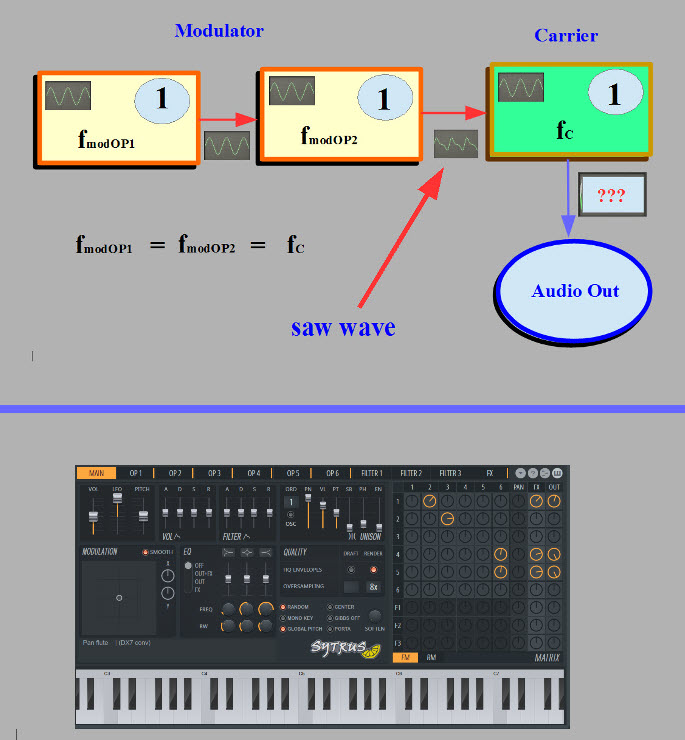The Power of FM/PM, Workshop 3 is online.
https://youtu.be/VFmCP54OB_k
After a short “column 1” with the rest of the functions of DEXED, this workshop 3 deals with a lot of “practical FM-theory” stuff, like changes of pitch and fundamental, special sounds, refining the system of C:M ratios etc. The third columns is dedicated to Brian Eno and one of his violin DX7 patches from 1987. A detailed analyse of the patch leads – hopefully – to experiments of your own. See the timeline for more details.
Have a great day and a good time!
Rolf
Timeline:
0:00:00 Welcome
0:00:49 Column 1 DEXED
0:00:49 The LFO
0:01:15 AMD and PMD
0:01:54 AMD and PMD Sensitivity
0:04:20 LFO Delay
0:04:42 LFO Sync
0:05:30 A Keyboard Split
0:07:39 Column 2 FM Practical Theory
0:07:39 Fundamental, Pitch and Ratio
0:11:11 Calculating the Pitch, Part 1
0:14:32 Ratio and Pitch: A (too) simple Rule
0:15:00 Ratio and Pitch, a bad Surprise
0:16:10 Sub-Carrier Frequencies with DEXED
0:17:16 Sub-Carrier Frequencies with NI´s FM8
0:17:49 Sub-Carrier Frequencies with u-he´s Bazille
0:18:12 Sub-Carrier Frequencies with ImageLine´s Sytrus
0:18:38 Sub-Carrier Frequencies with Korg´s Volca FM
0:19:40 5,000 spectra
0:20:30 Irregular Frequencies: The Principles
0:24:52 Refining the System of Ratios: practicle Pitch
0:27:30 Pitch and Ratio: A Summary
0:31:20 System of Ratios, Refinement 1
0:31:50 Real Pitch and Perceived Pitch
0:33:17 The Sound of the Lonely Fundamental
0:40:45 Distances between the Fundamental and the First Upper Partial
0:43:25 System of Ratios: Next Refinement
0:43:33 Harmonicity
0:51:45 System of Ratios: Refinement again
0:52:53 Harmonicity and the Rule of the LCM (lowest common multiple)
0:55:25 Subordinate LCM
0:58:00 Column 3 Brian Eno´s Violin Patch from 1987
0:58:00 Complexity of the Patch
1:02:31 General Structure of the Patch
1:03:38 The Carrier
1:05:42 Modulation Chain 1: Operator 2 and Feedbacvk
1:11:49 Modulation Chain 2: Operators 3 and 4
1:17:52 Modulation Chain 3: Operators 5 and 6
1:28:27 Some Words ant the End

